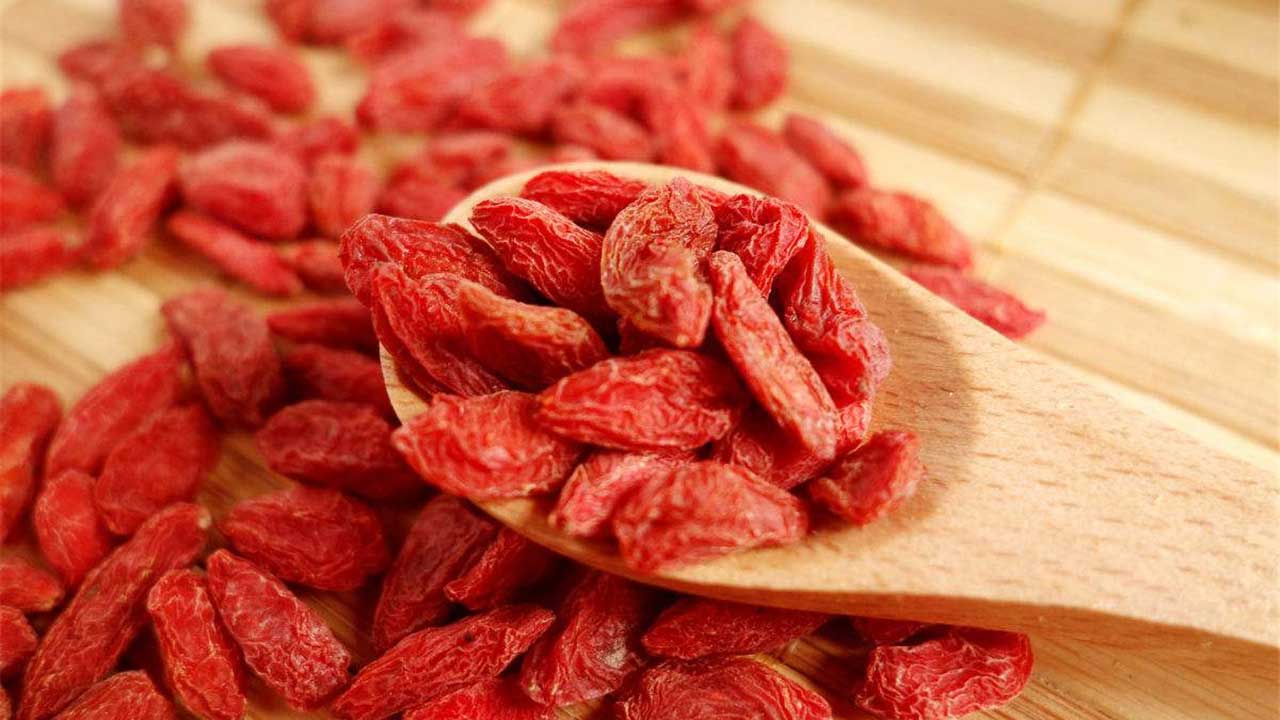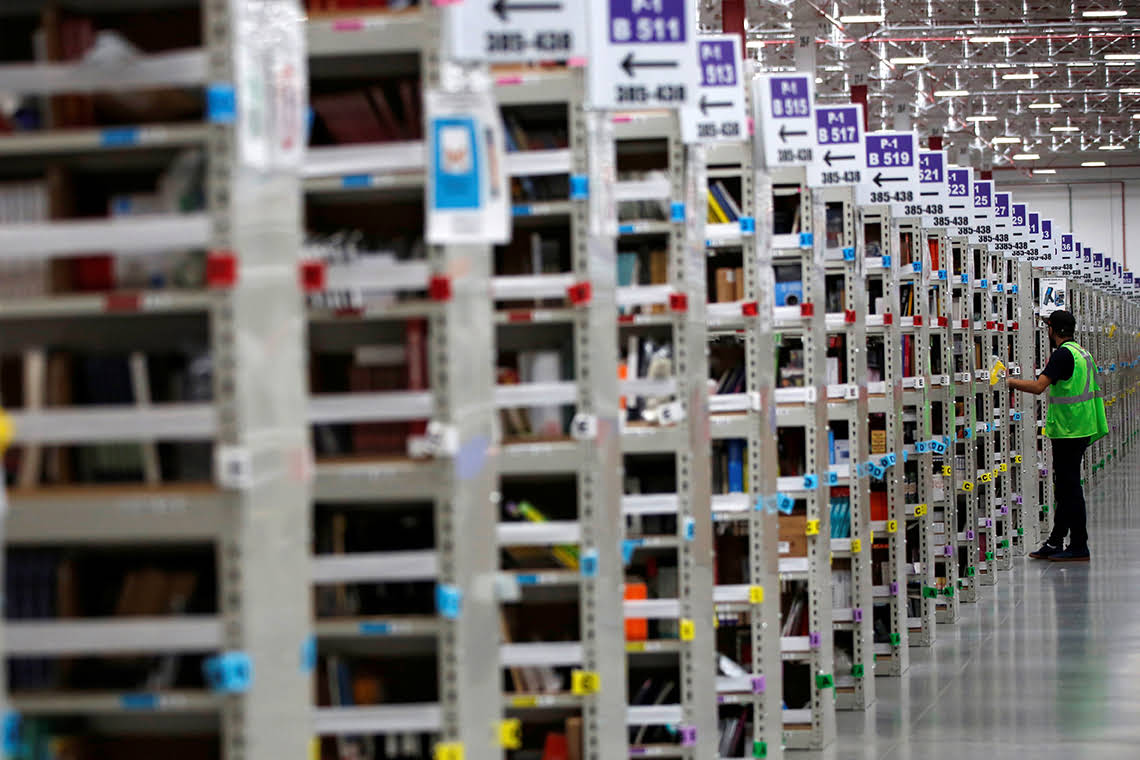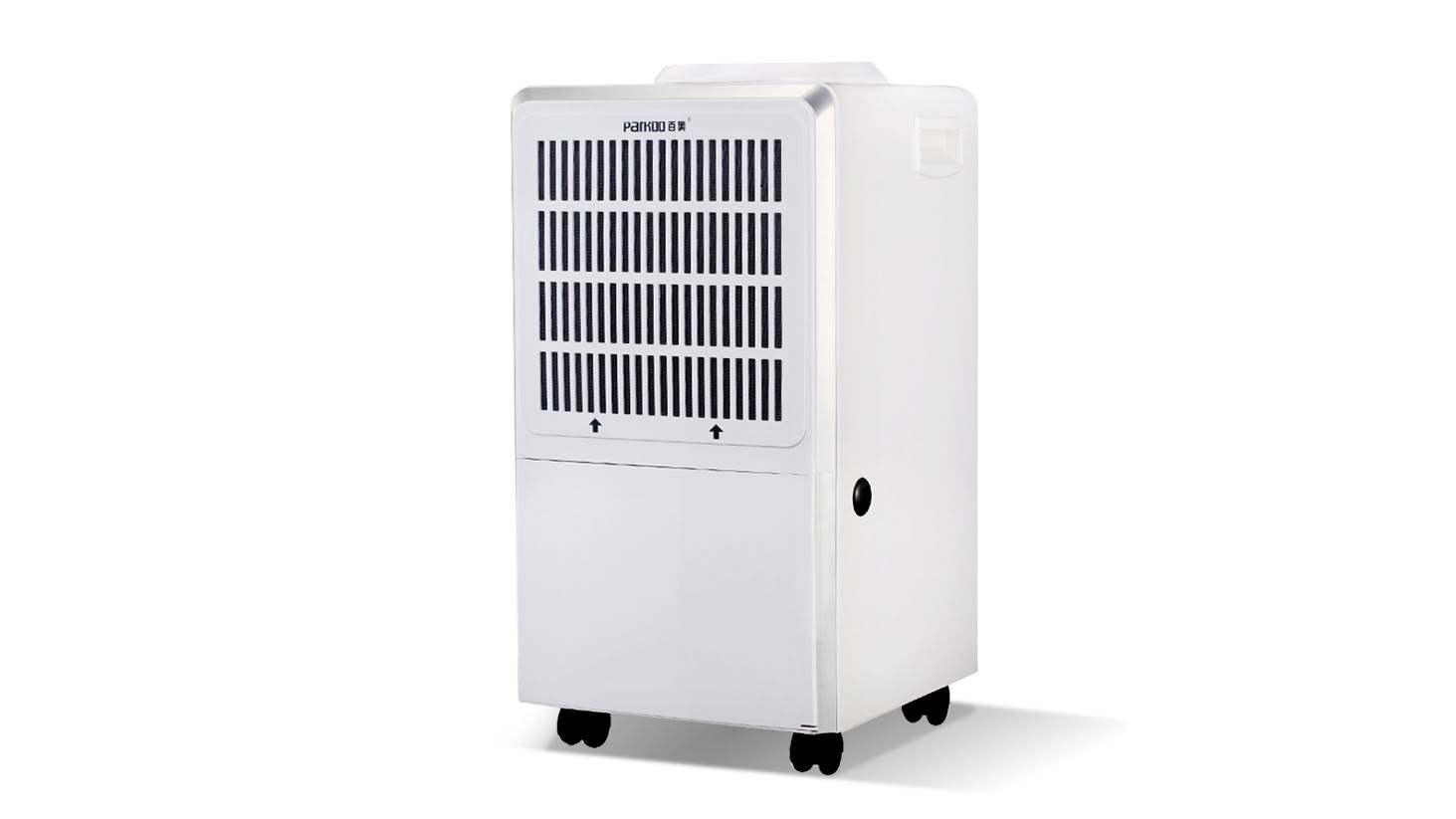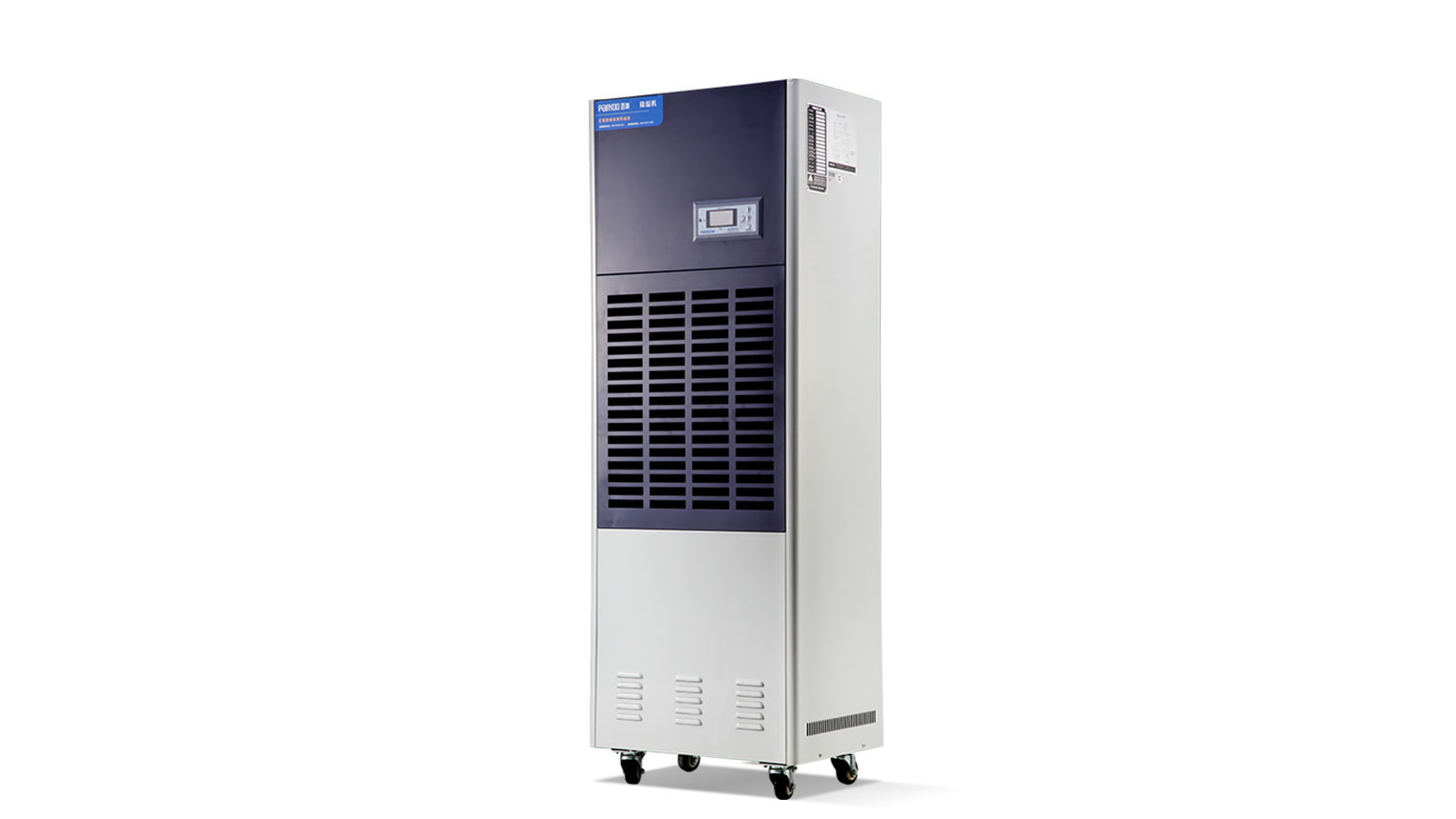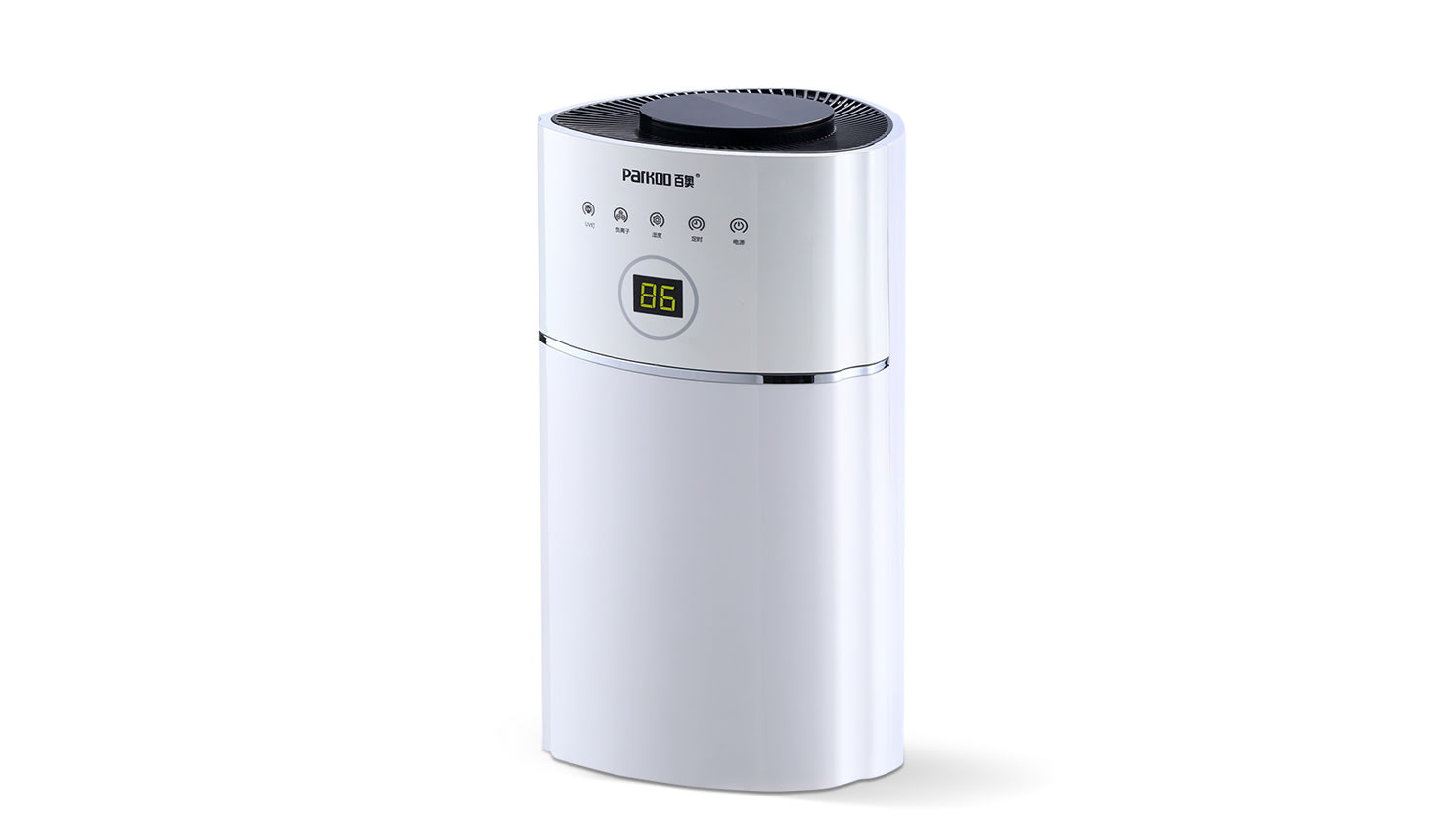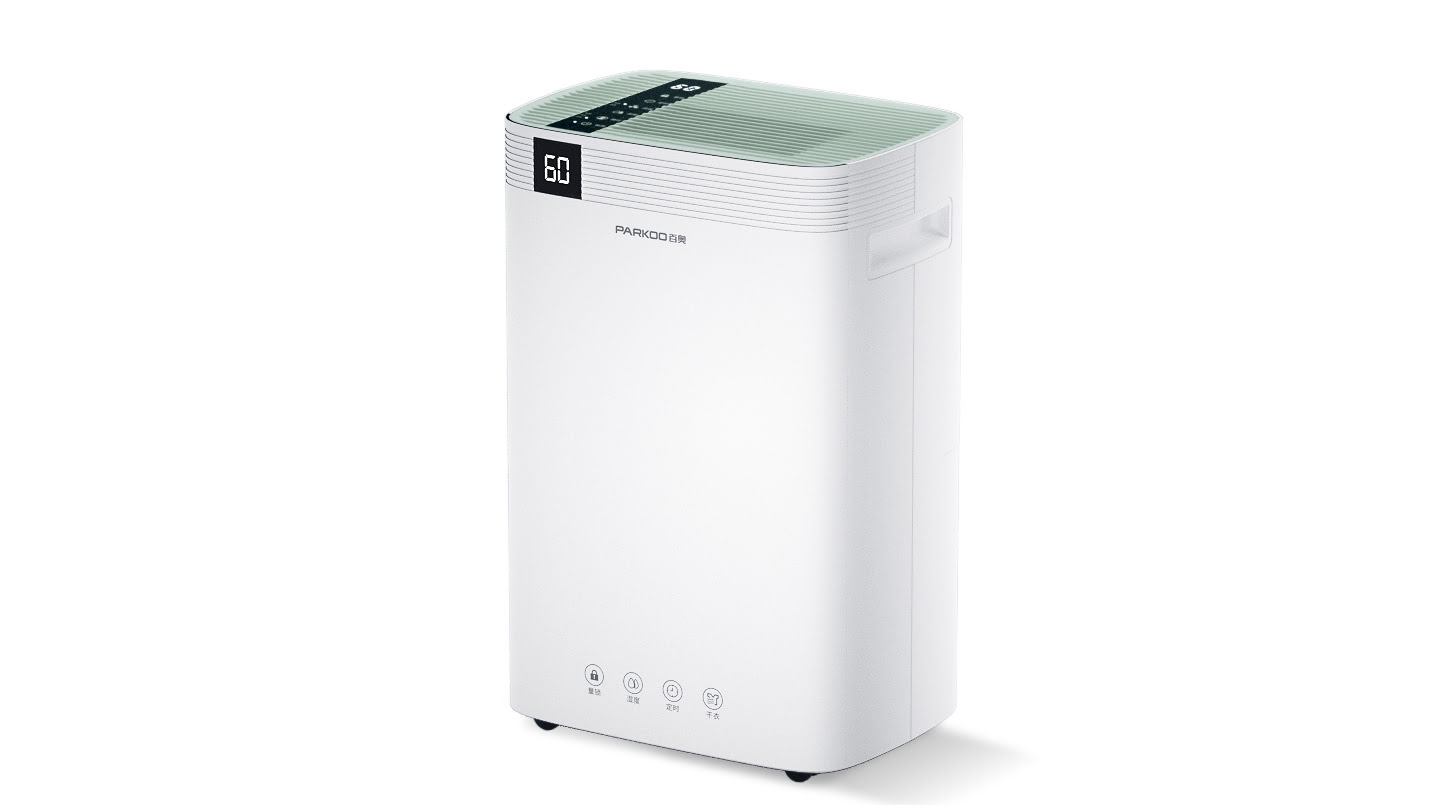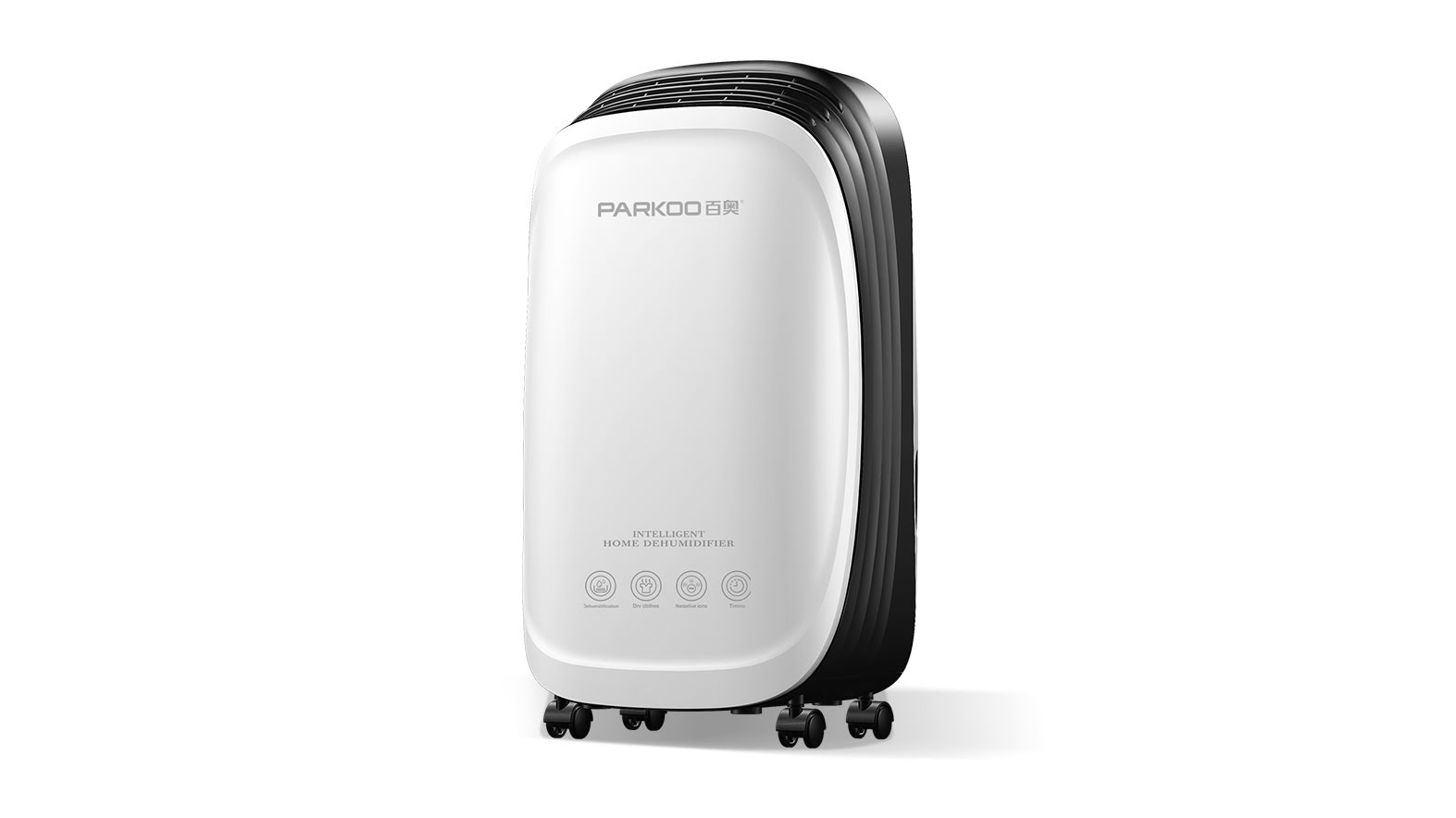China is a large producer of wheat, and grain conversion is the main way to increase agricultural inCome. Among them, hanging noodles are Industrialized food Products processed with wheat flour as the main raw material.
Hanging noodles are dried wheat flour with salt, alkali, and water by hanging and drying and then cut into a certain length of dry noodles, which is the main favorite noodle of the people. Hanging noodles can be stored for a long time beCause it is dried through the process of dehydration, no Moisture, preservation time is naturally long. It can be seen that the drying process is a very critical procedure in the processing of hanging noodles, not only affects the Quality of the noodles, but also affects the Efficiency of drying.
There are two kinds of drying methods: natural drying and oven drying.
first, natural drying
In areas or seasons with warm winds and sunshine (temperature not lower than 20℃) and relative huMidity of 60%-80%, the wet noodles are hung on the hanging rod and dried naturally. Because of the long drying time, the quality of the product is good and it is not easy to appear crispy noodles. China's folk mostly use than method.
II. Drying in the drying room
Drying room drying can be divided into Four stages.
1, cold air fixed strip [temperature 20 ~ 25 ℃, humidity 55 ~ 65% RH]: this step adopts room temperature ventilation to strengthen the air flow, with a large amount of dry air to take away the moisture on the surface of the hanging noodles, so that the shape of the hanging noodles is initially fixed.
2、Preservation of moisture sweating 【Temperature 30~35℃, humidity 75~85%RH】: This step Maintains a ceRTain degree of humidity, and a gradual gradient rise in temperature, the temperature should not rise too fast, otherwise the noodles will be easy to break.
3, warming and Cooling [temperature 35 ~ 45 ℃, humidity 65 ~ 75% RH]: after the moisture sweating noodles, must be further warming, the water inside the noodles gradually evaporated, while gradually reducing the relative humidity, is the moisture in the noodles in the high-temperature, low-humidity Environment, dissipated in the air.
4、Cooling down and heat dissipation 【Temperature 26~28℃, humidity 50~60%RH】: After the main drying stage of the previous step, most of the moisture inside and outside the noodles have been taken off, and the tissues of the noodles have been basically fixed, and at this time, it only needs the continuous air flow to gradually cool down the noodles and take away the water vapors in the air, so as to reach the moisture requirement contained in the product quality standard.
The drying process of noodles requires repeated control of air volume, temperature and humidity, how to achieve Precise control?
PARKOO energy-saving high-temperature dryer adopts internal circulation drying, no Need for forced exhaust air, using high temperature to dry out the moisture, through the internal circulation deHumidification system to remove the water vapor in the air, the dry air will be circulated to the drying room, effectively locking the heat, and only a Small amount of Electricity Consumption, you can achieve high efficiency drying. The Matching Intelligent control system can set the drying temperature, humidity and time independently, precisely controlling the drying effect and ensuring the product quality. Continuous high air volume circulation drying, can be 24 hours continuous operation, without personnel guard.
